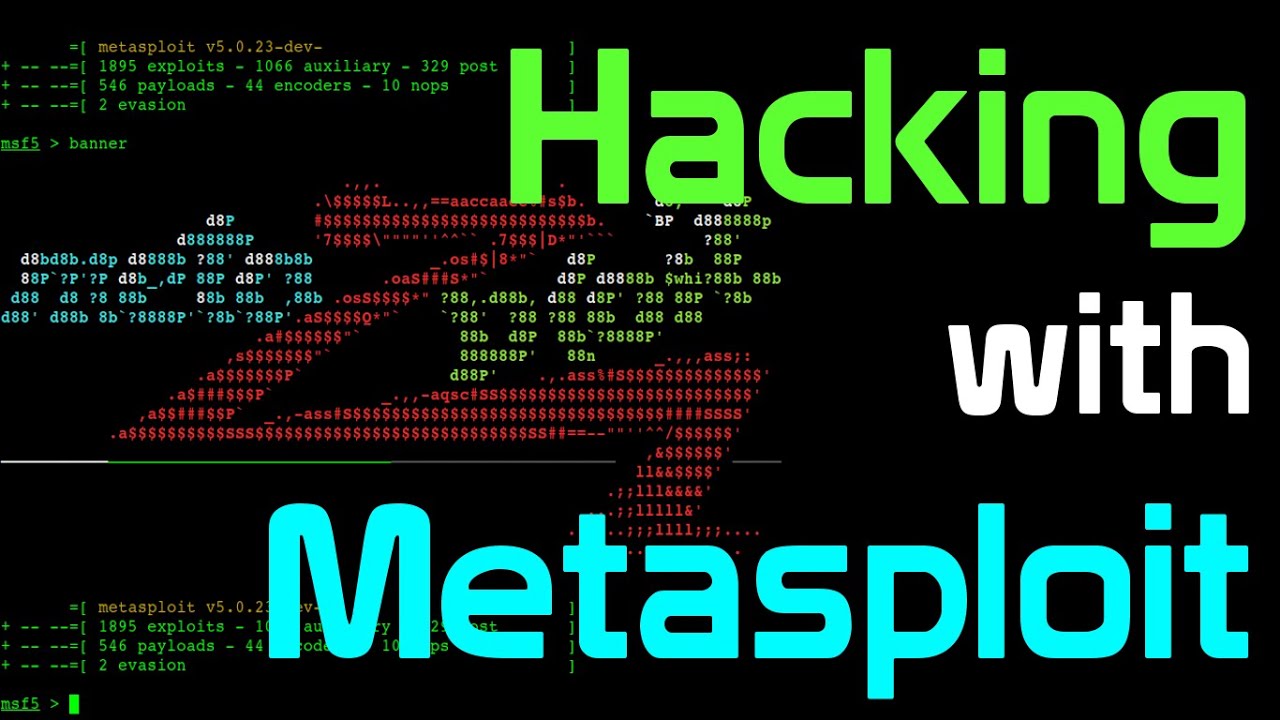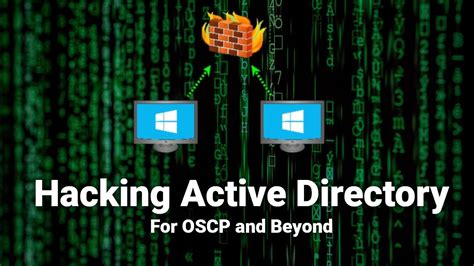This course is focused on learning by doing. We are going to teach you how hacking works by actually practicing the techniques and methods used by hackers today. We will start off by creating our hacking lab to make sure we keep your computers safe throughout the course, as well as doing things legally, and once we have our computers set up for penetration testing. Penetration testing skills make you a more marketable IT tech. Understanding how to exploit servers, networks, and applications means that you will also be able to better prevent malicious exploitation.
| Course Price | Original price was: $70.00.$5.00Current price is: $5.00. |
Course Description
What you’ll learn
- 145+ videos (30+ hours) to teach you ethical hacking & cybersecurity from scratch.
- Use 30+ hacking tools such as Metasploit, Aircrack-ng, SQLmap, etc.
- 1. HACKING LAB – In this section we are building our own lab where we can perform our attacks. What this lab essentially is, is a virtual machine that we will use for hacking and throughout the course we also create additional virtual vulnerable machines that we can practice our attacks on. The reason we use virtual machines is because we are not allowed to test our attacks on real life websites and networks so we create our own environment to do that.
- Downloading Virtual Box and Kali Linux
- Creating Our First Virtual Machine
- Installing Kali Linux Operating System
- 5 Stages Of A Penetration Test
- Navigating Through Kali Linux System
- Creating Files and Managing Directories
- Network Commands and Sudo Privileges In Kali
- 2. OPTIONAL: PYTHON 101 – Learn python 3 programming from scratch. This section is not mandatory and is optional for those that want to learn to programming so you are able to build your own ethical hacking tools
- Learn Python Basics
- Learn Python Intermediate
- Learn Python: Error Handling
- Learn Python: File I/O
- 3. RECONNAISSANCE – Here we learn what we call Footprinting, or in other words, Information Gathering. Once we choose our target, our first task is to gain as much information about the target as possible.
- What is Information Gathering
- Obtaining IP Address, Physical Address Using Whois Tool
- Whatweb Stealthy Scan
- Aggressive Website Technology Discovering on IP Range
- Gathering Emails Using theHarvester and Hunterio
- How To Download Tools Online
- Finding Usernames With Sherlock
- Bonus Email Scraper Tool In Python 3
- More About Information Gathering
- 4. SCANNING – This is where things get real. In this section, we also gather information but we try to gather only technical information
- Theory Behind Scanning
- TCP & UDP
- Installing Vulnerable Virtual Machine
- Netdiscover
- Performing First Nmap Scan
- Different Nmap Scan Types
- Discovering Target Operating System
- Detecting Version Of Service Running On An Open Port
- Filtering Port Range and Output Of Scan Results
- What is a Firewall & IDS
- Using Decoys and Packet Fragmentation
- Security Evasion Nmap Options
- Note: Time To Switch Things Up!
- Python Coding Project: Port Scanner
- 5. VULNERABILITY ANALYSIS – In this section we use the information that we gathered from scanning (such as softwares that the target has running on open ports) and with this information, we try to determine whether there is any known vulnerabilities.
- Finding First Vulnerability & Nmap Scripts
- Manual Vulnerability Analysis and Searchsploit
- Nessus Installation
- Discovering Vulnerabilities & Nessus
- Scanning Windows 7 Machine With Nessus
- 6. EXPLOITATION and GAINING ACCESS – This is the exciting part of the course. This is where we attack and gain access to the target machines. Throughout this section, we will be covering many different vulnerabilities and different targets. We perform these attacks on our virtual machines and cover another really important tool for an ethical hacker: Metasploit Framework. The goal of exploitation is to get on that target machine. This means we must drop a payload on that target machine so we can use it to navigate through their systems, look through their files, execute anything we want, and delete anything we want without the target knowing anything about it. We will also learn to create our own Viruses and Trojans that we can deliver to the target whether through an email or through an USB.
- What is Exploitation
- What is a Vulnerability
- Reverse Shells and Bind Shells
- Metasploit Framework Structure
- Msfconsole Basic Commands
- Our First Exploit with vsftp 2.3.4 Exploitation
- Misconfigurations Happen with Bindshell Exploitation
- Information Disclosure with Telnet Exploit
- Software Vulnerability with Samba Exploitation
- Attacking SSH with Bruteforce Attack
- Exploitation Challenge with 5 Different Exploits
- Explaining Windows 7 Setup
- Eternal Blue Attack Windows 7 Exploitation
- DoublePulsar Attack Windows Exploit
- BlueKeep Vulnerability Windows Exploit
- Routersploit
- Router Default Credentials
- Setting Up Vulnerable Windows 10
- Crashing Windows 10 Machine Remotely
- Exploiting Windows 10 Machine Remotely
- Generating Basic Payload With Msfvenom
- Advance Msfvenom Usage
- Generating Powershell Payload Using Veil
- TheFatRat Payload Creation
- Hexeditor and Antiviruses
- Making Our Payload Open An Image
- 7. POST EXPLOITATION – This is what comes after Exploitation. Post exploitation is what we do on the target machine after we have exploited it. Since we are on that machine we can do many things depending on what we want to get out from it. At the end, after we do all of the things we wanted, we want to make sure we cover our tracks by deleting any event logs or deleting any evidence that we were ever on that machine.
- Post Exploitation Theory
- Meterpreter Basic Commands
- Elevating Privileges With Different Modules
- Creating Persistence On The Target System
- Post Exploitation Modules
- Python Coding Project Backdoor
- 8. WEBSITE PENETRATION TESTING – This is another big topic for an ethical hacker. In this section, we are mainly targeting websites and their bugs or vulnerabilities. These vulnerabilities can be anything from misconfigurations, SQL Injections (us interacting with the database), Information Disclosures (having access to some information by mistake which shouldn’t be out there), Command Injection (directly interacting with the system through the webpage), XSS (Cross Site Scripting Attack and Injecting Javascript code on the page).
- Website Penetration Testing Theory
- HTTP Request and Response
- Information Gathering and Dirb Tool
- Burpsuite Configuration
- ShellShock Exploitation
- Command Injection Exploitation
- Getting Meterpreter Shell With Command Execution
- Reflected XSS and Cookie Stealing
- Stored XSS
- HTML Injection
- SQL Injection
- CSRF Vulnerability
- Hydra Bruteforce Attack
- Burpsuite Intruder
- Python Coding Project with Login Brute-force and Directory Discovery
- 9. MAN IN THE MIDDLE – This is an attack that is used inside a network. This allows us to sniff any unencrypted data and see it in plain text. This could also include seeing passwords in plain text for some websites. There are many tools out there that can perform this attack for us and we cover some of the main ones in the section.
- Theory of Man In The Middle Attack
- Bettercap ARP Spoofing
- Ettercap Password Sniffing
- Manually Poisoning Targets ARP Cache With Scapy
- 10. WIFI CRACKING – This is the section where we want to gain access to a network by cracking its wireless password.
- Wireless Cracking Theory
- Putting Wireless Card In Monitor Mode
- Deauthenticating Devices & Grabbing Password
- Aircrack Password Cracking
- Hashcat Password Cracking
- 11. SOCIAL ENGINEERING – This is something we cover in almost every section. Social Engineering is an attack on humans since as we know people are always the weakest security!
- We guarantee you this is the most comprehensive online course on hacking and security skills! Have a look at the course outline video to see all the topics we are going to cover, all the projects we’re going to build, and all the techniques you’re going to learn to become a top ethical hacker and penetration tester!
This course includes:
- 30+ hours of hacking content
- FREE Hacking tools, resources used in this course and latest hacking books available for hacking with kali linux.
- 24/7 availability for support, so if you have any questions you can email or chat with us and we’ll respond to you within 15 hours.
NOTES
- This course is created for educational purposes only and all the attacks are launched in my own lab or against systems that I have permission to test.
- This course is totally a product of Cyber Hacking, no other organization is associated with it or a certification exam.
Who this course is for:
- Anybody interested in learning ethical hacking and penetration testing
- Anybody interested in learning ethical hacking and penetration testing
- Anybody interested in learning python and ethical hacking
- Anybody looking to go beyond a normal “beginner” tutorial that doesn’t give you a chance to practice
- Anybody looking to learn how hackers hack computer systems
- Any developer looking to secure their computer systems from hackers
- People who want to start from scratch and to move more advanced level
- Leaders of incident handling teams
- People who want to take their Hacking skills to the next level
- People who are cyber security experts
- People who want transition to Cyber Security
- Incident handlers
- System administrators who are on the front lines defending their systems and responding to attacks
- Other security personnel who are first responders when systems come under attack
- Anyone who wants to learn ethical hacking





Reviews
There are no reviews yet.